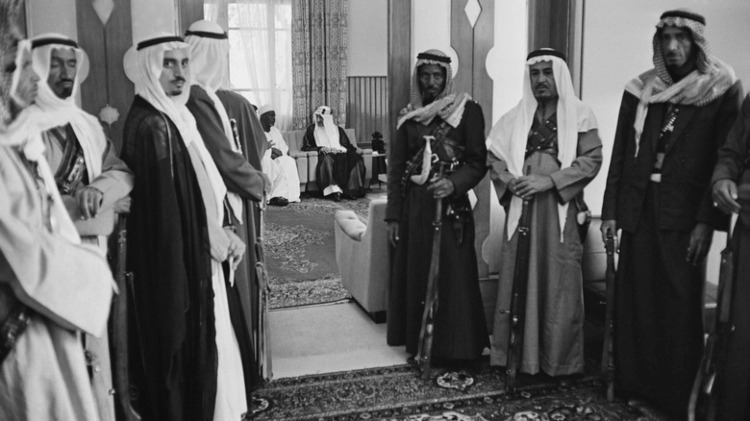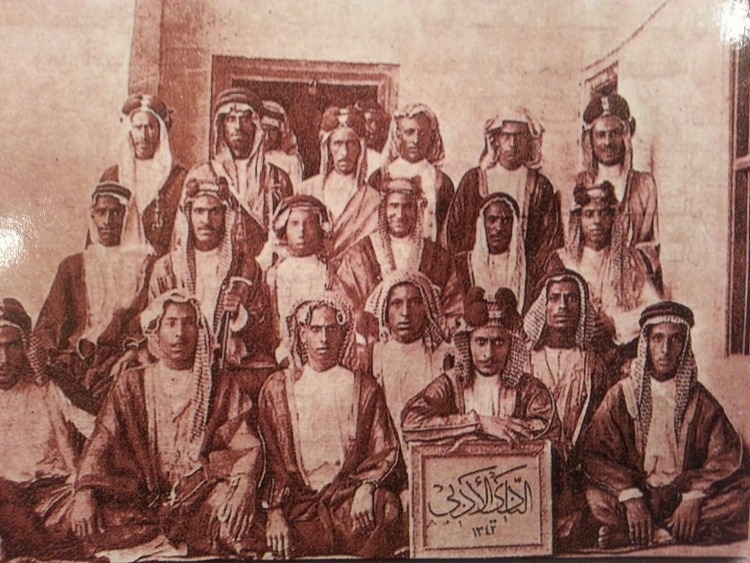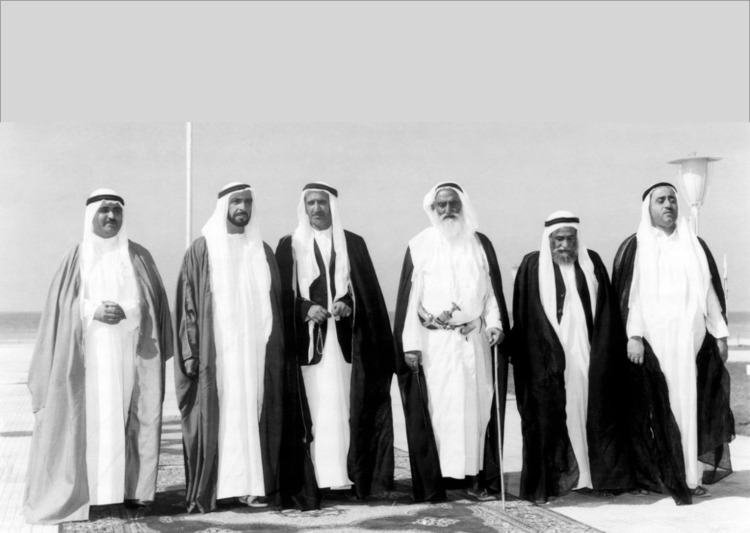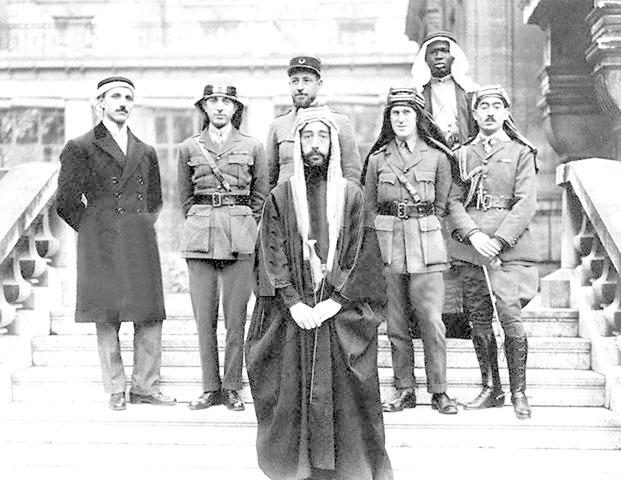In the Arab world, families hold an intrinsic and special place among every nation. In every occasion whether it’s Eid or Ramadan, you’d find large family gatherings packed with uncles, aunts and cousins staying up to the late wee hours of the night having endless conversations. In some countries, there are even families who are so inseparable to the extent that they’d all live together in one large building known as “beit aala”.
Beyond the families of today, there were also the families of the past, ones who played a key role in founding prominent Arab states including Saudi Arabia and the UAE. With yesterday being the International Day of Families, we’ll take a look at the founding families who shaped the Arab countries of today.
Al-Saud
There is no family quite linked to its country’s history like that of the Al-Saud. Their name says it all as it literally translates to “Saud’s Arabia”. The story of this particular family goes all the way back to 1774, a time when Muhammad bin Saud Al Muqrin, the ruler of the small central Arabian town of Diriyah, founded the first Saudi State and the House of Saud, making sure to name it after his father Saud bin Muhammad Al Muqrin.

Today, the Saud family continues to rule the Kingdom and sustain a powerful life. The family holds a net worth of about 1.4 trillion dollars, considered 16 times more than that of the British family. That wealth and luxury is spread among about 15,000 royal family members, the current custodians of power in the Kingdom.
Al-Nahyan
Today, they are the ruling family of Abu Dhabi but years ago, the Al-Nahyan family was originally a Bedouin tribe called Banu Yas who lived around the oases of Liwa. Then came the 1790s, when they moved to Abu Dhabi and began playing a lead role in the politics of the Emirate. By 1966, a new era was ushered in, one that saw members of the Nahyan family and the Maktoum family (ruling family of Dubai) working together to lay the groundwork of what would later become the United Arab Emirates.

Fast forward four years later, the late Sheikh Zayed bin Sultan Al Nahyan was appointed as the ruler of Abu Dhabi and became a driving force behind the formation of the United Arab Emirates in 1971. Since that time and to this day, the heads of the Nahyan family served as the country’s president since its foundation. They have spearheaded many powerful initiatives including the Emirates Polio Campaign to curb the spread of the epidemic as well as the Khalifa Bin Zayed Al Nahyan Foundation that powers health and education initiatives.
Al-Sabah
As early as the 1700s, Kuwait was a simple port surrounded by vast sandy plains and with it having infertile soil, most of its food was imported by sea. It was also surrounded by a large wall which sources say was actually built by Kuwait’s first ruler, Shaykh Sabah I who stems from the Al-Sabah family.

This particular family was there throughout Kuwait’s modern history whether it was in the 1700s and 1800s, when the family took a big step towards governing Kuwait or in the 1930s, when the family brokered a deal with oil companies to undergo oil exploration in the country. So far, jumping forward to this day, Kuwait was ruled by 15 Sheikhs including Sheikh Abdullah, Sheikh Mohamed and Sheikh Ahmed Al Jaber.
Al-Qasimi
One of longest reigning families of the Arab world, they are known as the ruling family of Ras El Khaimah and Sharjah. When they first ruled over the two Emirates, back in the 1700s, the Al-Qasimi family had extreme power over the waters of the Gulf because of housing one of the most powerful maritime forces, the kind that was able to resist British encroachment.

This family was all about power, as they not only had a stronghold over the Persian Gulf & Gulf of Oman, they also had active control over Gulf of Aden and as far west as the Mocha on the Red Sea. Today, they continue to rule and advance the two Emirates.
Hashemites
One of the most powerful families, the Hashemites or Bani Hashem weren’t just the royal family of Jordan, they were even the royal family of the kingdoms of Hejaz, Syria, and Iraq back in the early 1900s. Not only that, but this family is also known to be directly descended from the tribe of Quraysh and prophet Muhammed. To understand Jordan, you have to look back at the Hashemites. Back in 1921 and over his 30 year reign, King Abdullah, a member of the Hashemite family, transformed Jordan from a tribal society to a viable and durable state.

Back then, the Hashemites created the foundations of modern Jordan including the basis of its constitution, Jordan’s first Organic Law and held elections for its first assembly back in 1928. Today, the nation continues to be ruled by this powerful family with King Abdullah, eldest son of the late King Hussein being the current bearer of the Hashemite torch.
Each of these ruling families planted the first seeds from which entire nations prospered and grew. They brokered deals, took part in building each country’s infrastructure and protected each nation from outsiders. This showcases how families in the Arab world were truly the foundation and essence of the nations of the Middle East.



